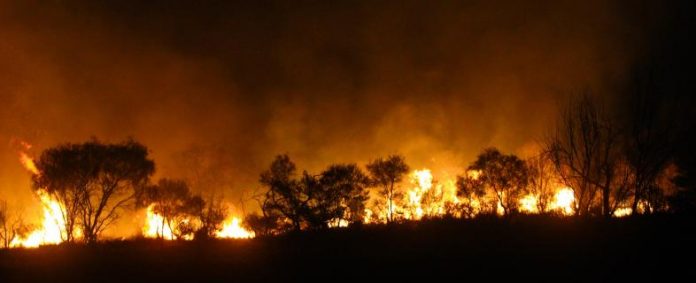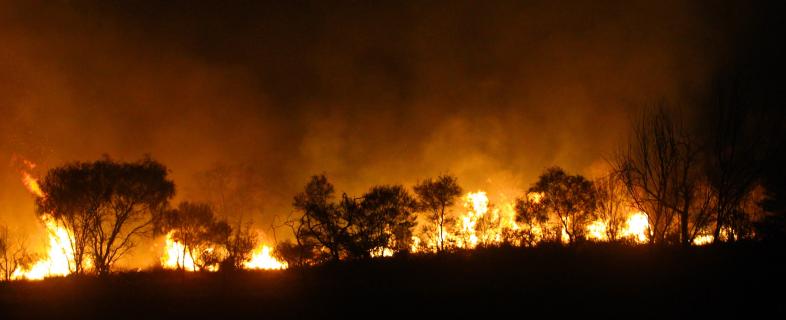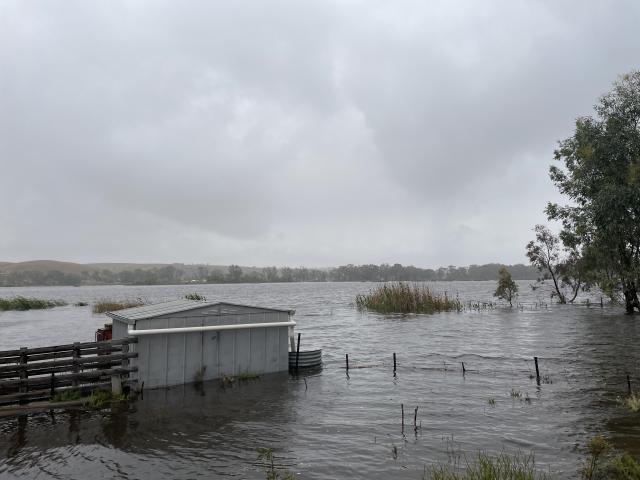
Climate chaos has caught Queenslanders off guard this summer, as increasingly volatile weather has impacted communities with catastrophic fires, extreme heat and fatal floods.
The Climate Council’s report ‘Climate whiplash: wild swings between weather extremes’ concludes that Australia’s summer of dangerous downpours and scorching heat is consistent with six symptoms of a warming planet.
Director of Research at the Climate Council, Dr Simon Bradshaw said Australians were starting to fear the Australian summer with the unpredictable, volatile and dangerous weather.
“From intense heat and fierce fire conditions to flooding rains and back again, Australians are experiencing climate whiplash: hurtled from one extreme to another with little time to recover,” said Dr Bradshaw.
“The stifling humidity, intense storms, soaring temperatures and other extremes of recent months are all key signs of a fast-warming planet.
“We know what we need to do to better protect Australian communities. It starts with cutting Australia’s climate pollution.
“We must urgently reform our national environment law so that we stop adding fuel to the fire by approving new coal and gas projects, and we must lock in the proposed fuel efficiency standard as soon as possible.”
2023’s announcement of an El Niño and an early start to fire seasons in Queensland boded for a hot, dry summer.
What Queenslanders experienced instead was a combination of both intense heat and extreme downpours that claimed lives and homes across the state.
Climate Councillor Lesley Hughes said we can no longer rely on the past to predict the future when it comes to weather.
“Climate change is causing erratic swings from sweltering heat to devastating downpours, and it is increasingly hard to predict what each season will bring,” said Lesley Hughes.
“The science tells us that the only way out of this is to leave coal, oil and gas in the ground for good – not tomorrow or the next day, but now.”
The report reiterates that climate change, driven by the burning of coal, oil, and gas, is supercharging Australia’s weather systems, making them more unpredictable and dangerous than ever before.
It also warns that the weather of the past may no longer be a reliable guide for the future. Hot on the heels of El Niño come concerns that La Niña, a climate driver associated with floods and storms, may return as early as mid this year.









